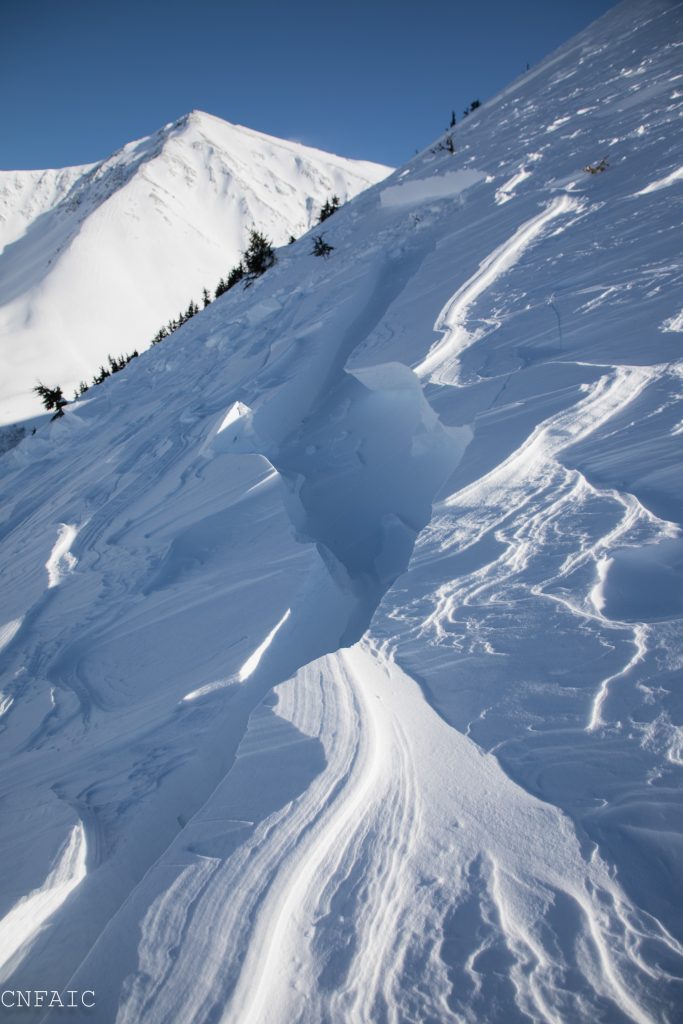After a month with very little precipitation, weather models are showing potential for a snowy week ahead of us. This is good news for powder hungry folks, but we can’t forget about our current state of the snowpack. As we have been discussing for some time, there are several weak layers in the pack that continue to show signs of reactivity. Hard wind slabs formed by last week’s wind event are, in some cases, overlying these buried weak layers. A human triggered avalanche in the Summit Lake area was proof of this last week. Hence, finding and triggering a slab avalanche remains a concern.
Persistent slabs: Buried 1-2 feet deep are facets sitting on a crust at the mid-elevations and 1-3′ deep is a buried surface hoar/facet combo at the higher elevations. The mid-elevation faceted layer seems to be the culprit for many reported ‘whumpfs’/collapses lately and is the layer responsible for the Summit Lake avalanche. Although the heart of Turnagain Pass has these layers, they are more pronounced and developed on the Southern end of Turnagain Pass and in Summit Lake where the snowpack is shallower. Areas to the North, such as Crow Pass, could also be suspect along with those that have not seen much traffic this season. Until we receive a significant load (hopefully this week), triggering these layers are becoming more and more stubborn with time. Continuing to use safe travel protocol and assessing consequences if a slab does release will be key in choosing terrain. The snowpack we have now will likely let us get away with a lot – but probably not everything.
Hard wind slab on faceted snow – Summit Lake/Tenderfoot avalanche that was human triggered last Tuesday (2/27).

Valley fog up to 2,500′ limited visibility along some mid-elevations yesterday.

–


